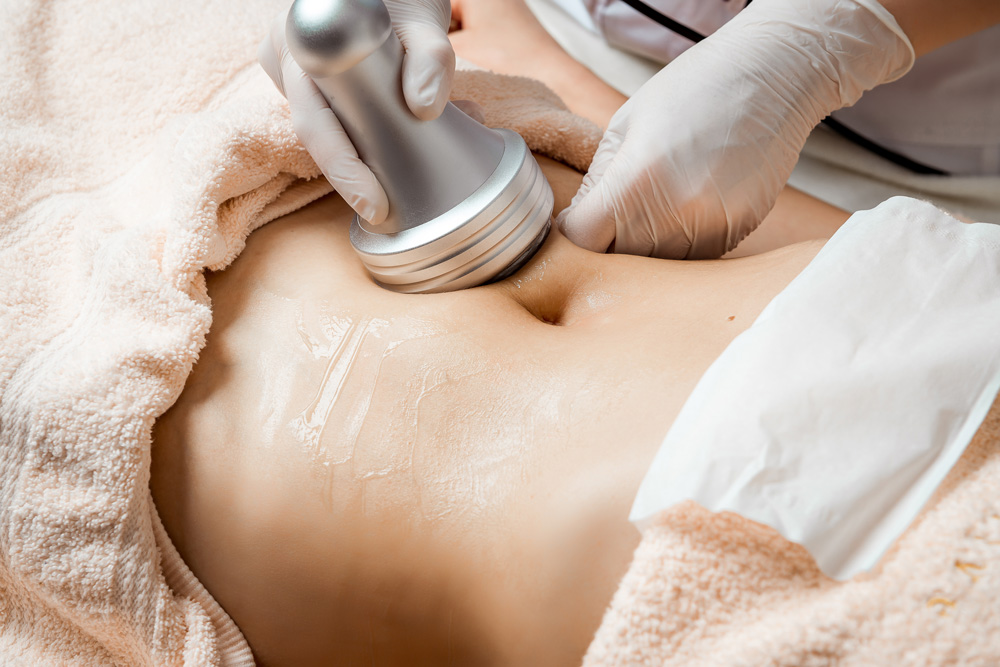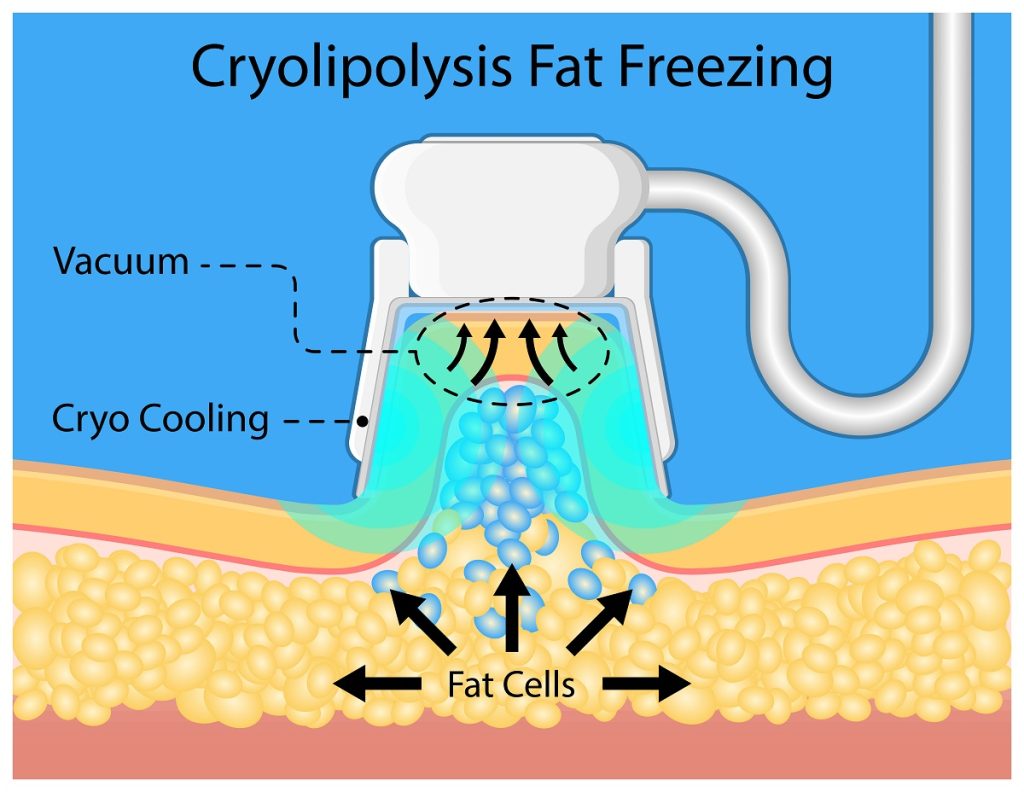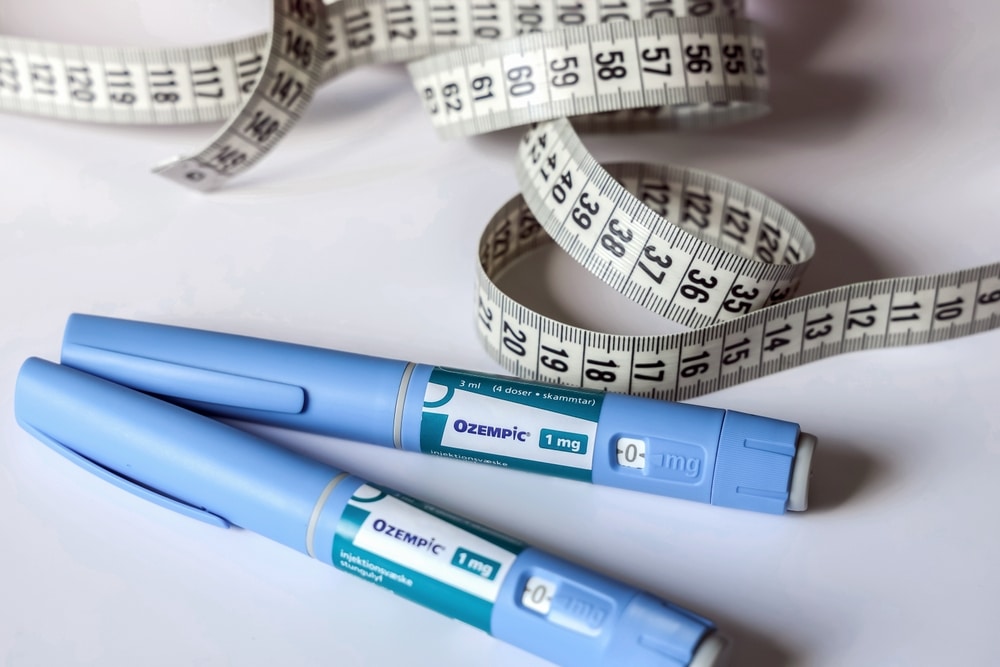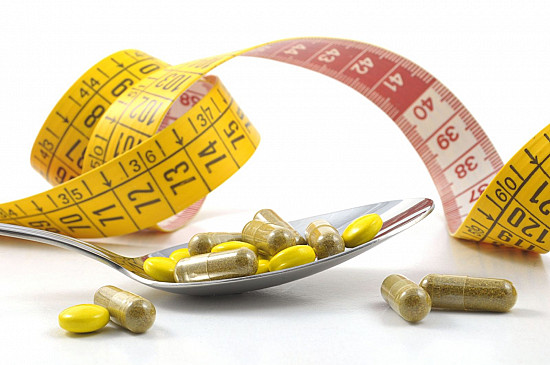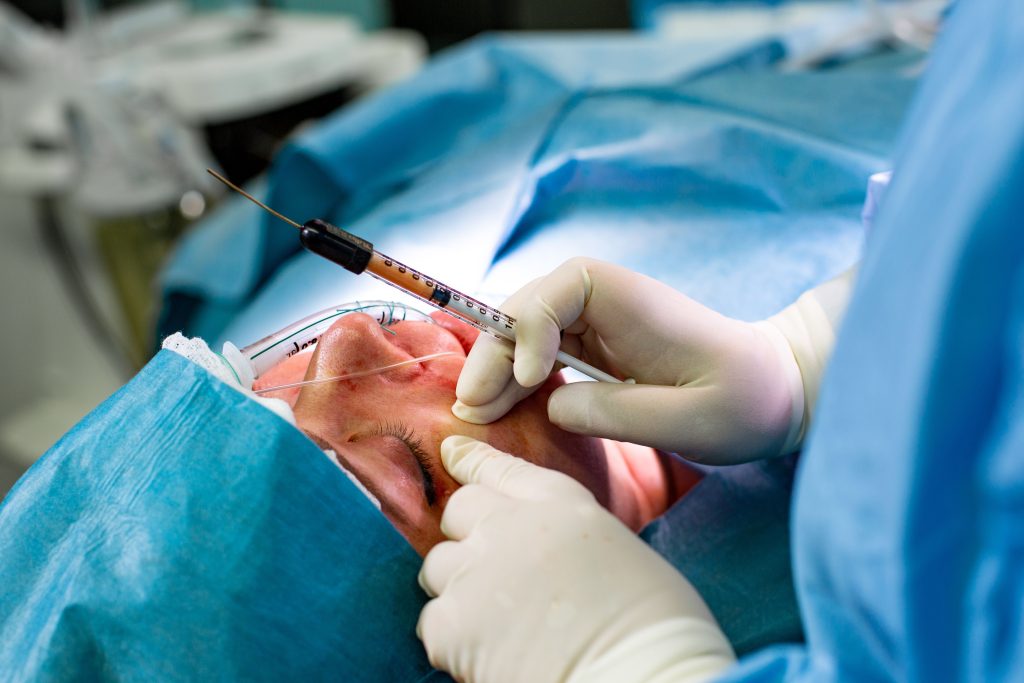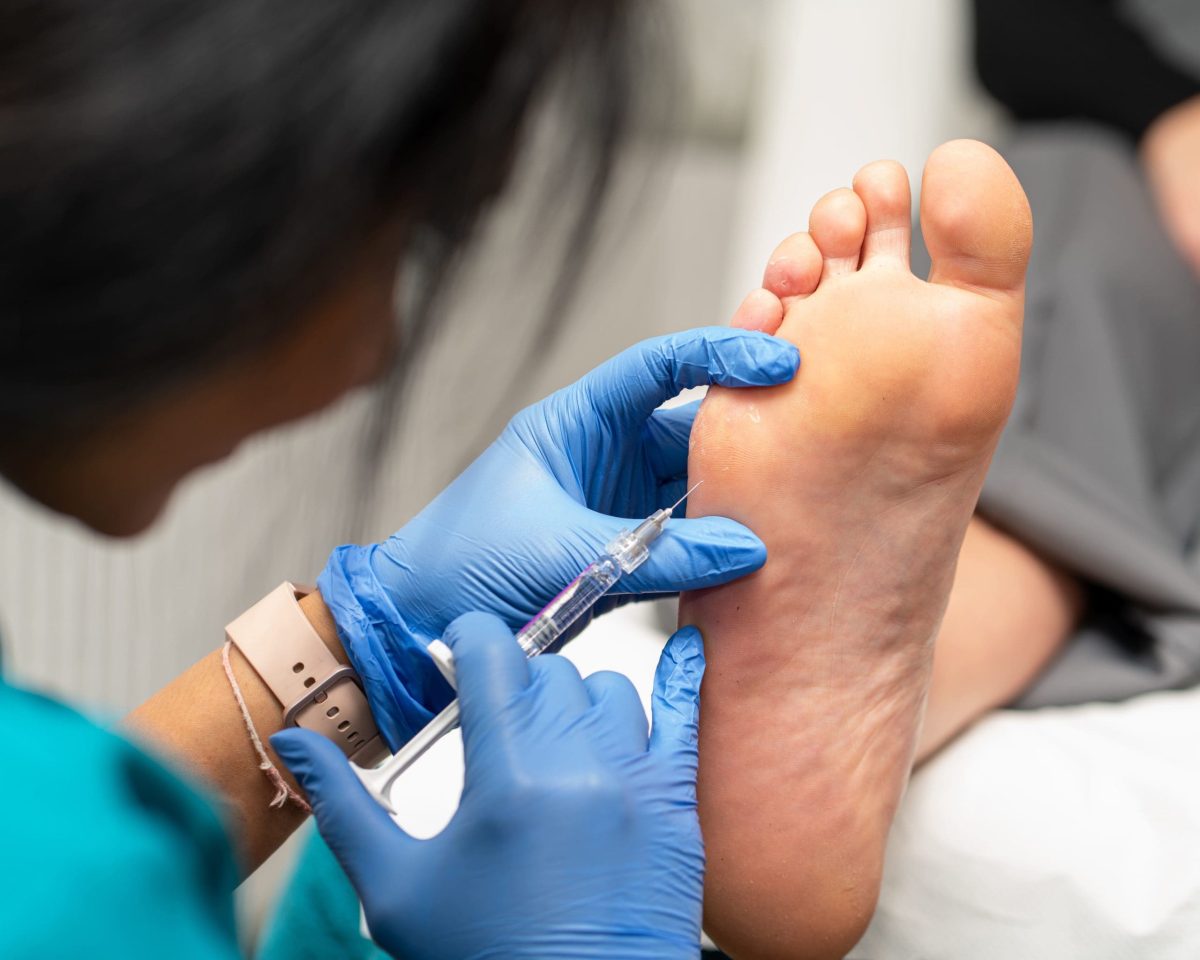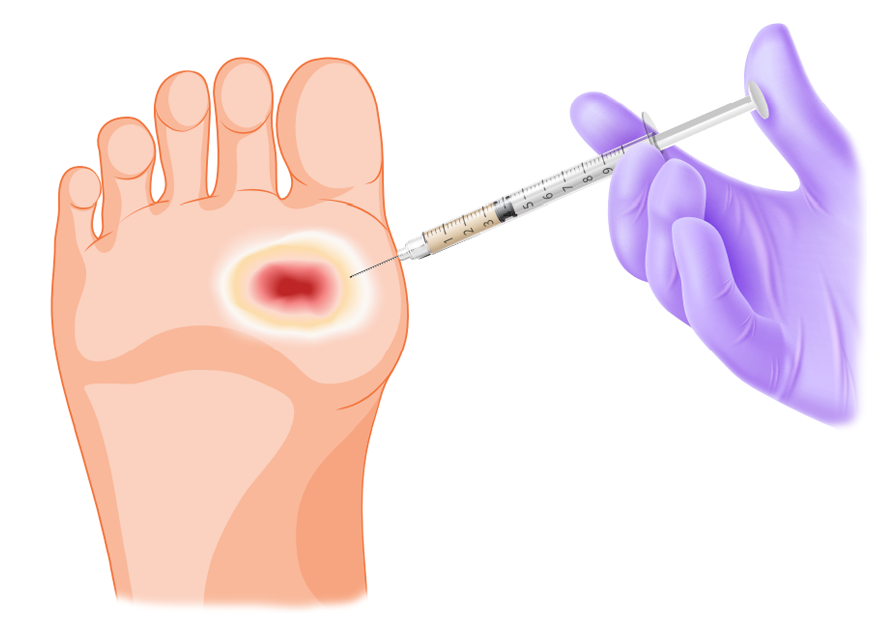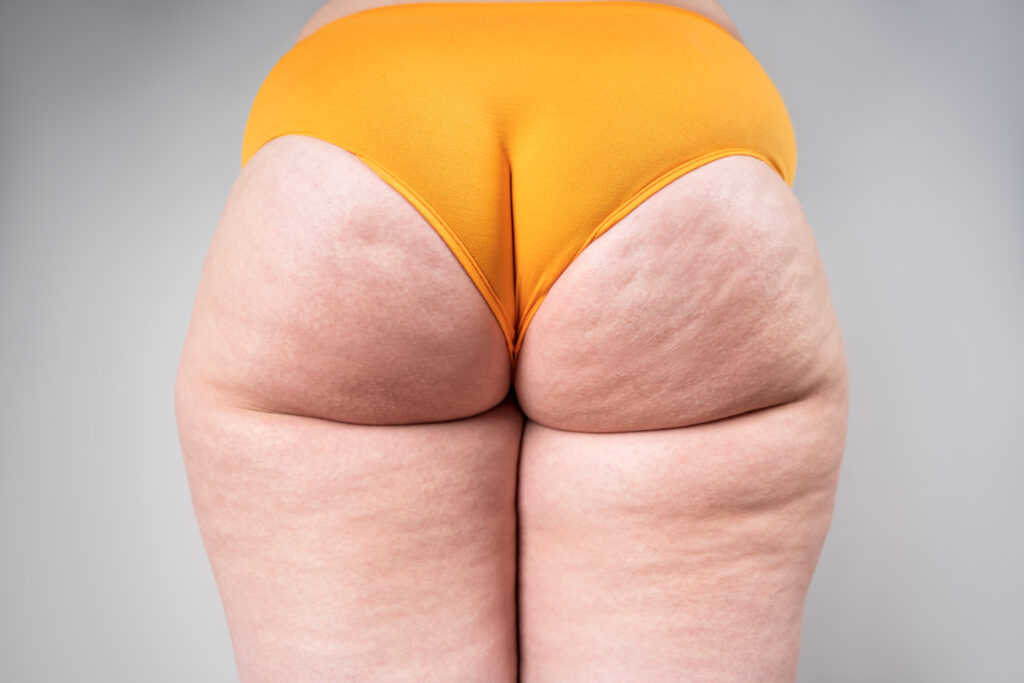Combining liposuction with facelift surgery, breast augmentation surgery, or other cosmetic procedures can transform your look more than liposuction alone. Many people seek to enhance their bodies and boost confidence. Liposuction helps remove stubborn fat, but pairing it with procedures like tummy tucks or breast lifts can yield stunning results.
This approach addresses multiple concerns in one go, saving time and recovery effort. Patients often enjoy a more sculpted appearance and improved overall body proportions. Understanding how these combinations work can help you make informed decisions about your aesthetic goals. Explore the benefits of this powerful duo, men, and discover how it can change your life for the better.
Key Takeaways
-
Combining liposuction with other cosmetic procedures can enhance overall results, providing a more streamlined approach to body contouring.
-
Popular treatments that pair well with liposuction include tummy tucks, fat transfers, and mommy makeovers, which can address multiple concerns in one surgery.
-
To save time and reduce recovery periods, consider scheduling combined treatments instead of multiple separate procedures.
-
Always prioritize safety by consulting with a qualified surgeon to discuss risks and ensure the right combination of procedures for your body type.
-
Understand that while combining surgeries can be beneficial, it’s important to have realistic expectations about outcomes and recovery.
-
Research each procedure thoroughly to make informed decisions that align with your aesthetic goals and health considerations.
Understanding Liposuction
Definition
Liposuction is a surgical procedure designed to remove stubborn fat deposits from the body, including men. Surgeons perform this operation under anesthesia. The process involves making small incisions in the skin. A thin tube, known as a cannula, is inserted through these incisions. The surgeon then suctions out excess fat. This method helps reshape and contour various areas of the body.
Target Areas
The liposuction procedure effectively targets areas resistant to diet and exercise. Common problem spots include the abdomen, thighs, hips, and arms. Many women struggle with these areas despite maintaining a healthy lifestyle. Liposuction provides a solution by eliminating localized fat pockets that do not respond to traditional weight loss methods.
Body Contour Enhancement
This surgical technique plays a significant role in enhancing body contour and definition. By removing unwanted fat, liposuction improves the overall shape of the body. Patients often report higher satisfaction with their appearance after the procedure. It can create smoother lines and more defined curves. This change boosts self-esteem and confidence.
Combining Procedures
Many patients consider combining liposuction with other cosmetic procedures for optimal results. Common combinations include breast augmentation or tummy tuck surgery. These combinations address multiple concerns in one recovery period. By doing so, patients achieve a more comprehensive transformation.
Recovery Process
Recovery from liposuction varies by individual and the extent of the procedure. Most people need about one to two weeks to return to daily activities. Swelling and bruising are common but usually subside over time. Following post-operative care instructions is essential for healing and achieving desired results.
Candidate Considerations
Not everyone is an ideal candidate for liposuction. Candidates should be at or near their target weight and have realistic expectations. Women planning for future pregnancies may want to wait before undergoing this procedure. Discussing personal health history with a surgeon is crucial for safety.
Risks Involved
Like any surgery, liposuction carries risks such as infection or complications from anesthesia. Serious side effects are rare but can occur. Understanding these risks helps individuals make informed decisions about their options.
Benefits of Combining Procedures
Cost Savings
Combining liposuction with other cosmetic procedures can lead to significant cost savings. Patients often share surgical facilities, which reduces overall expenses. Anesthesia costs also decrease when multiple procedures occur in one session. Instead of paying for separate surgeries, patients pay for one comprehensive package. This approach makes cosmetic enhancements more affordable.
Convenience of Recovery
A major advantage of combining procedures is the convenience of a single recovery period. Patients experience only one healing phase instead of multiple ones. This means less disruption to daily life. For example, undergoing liposuction alongside a tummy tuck allows the body to heal from both surgeries simultaneously. Fewer follow-up appointments are necessary as well.
Reduced Time Off Work
Patients benefit from reduced time off work due to combined recovery. When multiple procedures happen at once, patients return to their routines faster. Instead of taking weeks off for each surgery, they may need only a few days or a week. This is especially important for those with busy schedules or limited vacation time.
Enhanced Results
Combining cosmetic procedures can enhance overall results. For instance, liposuction can shape the body while a facelift improves facial appearance. The combination often leads to a more balanced and harmonious look. Patients feel satisfied with their transformations and enjoy increased confidence.
Personalized Treatment Plans
Surgeons create personalized treatment plans when combining procedures. They assess individual needs and desires to recommend the best options. This tailored approach ensures that outcomes meet patient expectations. Surgeons consider factors like age, health, and specific goals during consultations.
Safety Considerations
Safety remains a priority when combining procedures. Surgeons evaluate the risks associated with multiple surgeries. They ensure patients are suitable candidates before proceeding. Monitoring occurs throughout the process to maintain safety standards.
Patient Satisfaction
Studies show higher patient satisfaction rates when combining cosmetic procedures. Many individuals appreciate the efficiency and effectiveness of this approach. They enjoy seeing significant changes without undergoing multiple surgeries over time.
Comprehensive Care
Patients receive comprehensive care when combining procedures. Surgeons coordinate efforts with anesthesiologists and support staff for seamless experiences. This collaboration helps manage discomfort and enhances recovery.
Popular Combination Treatments
Liposuction and Tummy Tuck
Liposuction often pairs well with a tummy tuck. This combination helps remove stubborn fat while tightening the abdominal muscles. Many patients seek this duo for a flatter stomach. The results can be dramatic, enhancing body contouring.
Liposuction and Breast Lift
Another popular option is combining liposuction with a breast lift. This treatment targets excess fat in the breast area while lifting sagging skin. Patients appreciate the enhanced shape and firmness of their breasts. This combination creates a balanced silhouette.

Liposuction and Body Lifts
Liposuction works effectively in conjunction with body lifts. These procedures together provide comprehensive contouring. They reshape areas like the thighs, abdomen, and buttocks. Patients benefit from smoother transitions between body parts. This synergy leads to more satisfying overall results.
Liposuction and Neck Lift
Combining liposuction with facial procedures is also gaining popularity. A neck lift paired with liposuction can significantly improve one’s profile. Patients often notice a more youthful appearance after this combination. The results can enhance self-esteem and confidence.
Benefits of Combination Treatments
Patients often choose these combinations for various reasons. They want to achieve multiple goals in one recovery period. Combining treatments reduces downtime compared to scheduling separate surgeries. This efficiency appeals to many individuals seeking cosmetic enhancements.
Consultation Importance
A thorough consultation is essential before any procedure. Surgeons assess each patient’s unique needs and goals during this time. They discuss potential outcomes and risks associated with combinations. Understanding these factors helps patients make informed decisions about their treatments.
Exercise and Lifestyle Considerations
Post-procedure, maintaining results requires commitment to exercise and healthy living. Patients must follow their surgeon’s guidelines for recovery. Engaging in regular physical activity supports long-lasting results from liposuction and other treatments.
Liposuction and Tummy Tuck
Enhanced Results
Liposuction plays a significant role in enhancing the results of a tummy tuck. By removing excess fat, it allows for a more sculpted body shape. This procedure targets stubborn areas that diet and exercise often fail to address. Many people choose abdominal liposuction before their tummy tuck to create a smoother foundation for surgery.
The combination also helps achieve a better overall abdominal contour. After liposuction, the skin can sit tighter against the underlying muscles. This leads to a flatter stomach appearance. Patients often report feeling more confident after seeing these improvements.
Dual Benefit
Combining liposuction with a tummy tuck offers dual benefits. First, patients experience effective fat removal from targeted areas. This is especially helpful for those who have lost weight but still have localized fat deposits. Second, the tummy tuck tightens loose skin and muscles. This addresses issues such as sagging that can occur after significant weight loss or pregnancy.
Cosmetic surgeons frequently recommend this combination for optimal results. The synergy between fat removal and skin tightening creates a more youthful look. Many individuals appreciate how both procedures complement each other.
Improved Contour
The improved abdominal contour achieved through this combination is remarkable. Patients notice a more defined waistline and smoother silhouette. The full tummy tuck further enhances this effect by removing excess skin. As a result, many feel satisfied with their new appearance.
Circumferential liposuction can also be part of this process. It removes fat not just from the abdomen but from surrounding areas too. This approach ensures that patients receive an all-around enhancement in their body shape.
After undergoing these procedures, many individuals experience increased self-esteem. They often feel comfortable wearing clothes that show off their midsection. The transformation can lead to positive lifestyle changes as well.
Surgical Considerations
Before deciding on liposuction and tummy tuck surgery, patients should consult with qualified cosmetic surgeons. These professionals assess individual needs and determine the best plan for surgery. They will consider factors like health history and desired outcomes.
Recovery times vary based on the extent of the surgeries performed. Generally, patients can expect some swelling and bruising post-surgery. Following recovery guidelines is essential for achieving the best results.
In summary, combining liposuction with tummy tucks provides significant advantages. It enhances body contour while offering skin tightening benefits. Many find this combination leads to life-changing results.
Liposuction Paired with Fat Transfer
Fat Transfer Process
Combining liposuction with fat transfer involves two main steps. First, the surgeon removes unwanted fat from a specific area of the body through liposuction. This can be done on areas like the abdomen, thighs, or arms. After removing the fat, it undergoes a purification process. This step ensures that only healthy fat cells are used for transfer.
Next, the purified fat is injected into another area of the body where enhancement is desired. This method allows for a natural way to improve volume and shape. For example, patients often choose to enhance their breasts or buttocks using their own fat. The results can look more natural than synthetic implants.
Common Areas for Fat Transfer
Fat transfers are popular in several areas of the body. The buttocks are a common choice for many patients. This procedure is often called the Brazilian Butt Lift. It provides a fuller and rounder appearance. Patients appreciate that they can achieve this look without implants.
Breast augmentation is another common application of fat transfer. Many women prefer this method because it uses their own fat instead of foreign materials. This reduces concerns about complications from implants. The results can lead to a softer and more natural breast shape.
Other areas for fat transfer include the face and hands. In these cases, fat adds volume and reduces signs of aging. Patients often notice a smoother appearance in these areas after treatment.
Natural Enhancement Results
Using one’s own fat for enhancement leads to several benefits. First, it reduces the risk of allergic reactions or rejection since the body recognizes its own tissue. Second, patients experience more natural results compared to synthetic options.
The longevity of results varies but can last for years if proper care is taken post-procedure. Some fat may be reabsorbed by the body, but many patients retain enough volume for satisfying outcomes.
This combination also offers a dual benefit: fat reduction in unwanted areas while enhancing desired features. Patients enjoy looking slimmer while achieving fuller contours in other places.
In summary, combining liposuction with fat transfer provides an effective solution for those seeking both fat reduction and enhancement in specific areas. The process is straightforward and yields natural-looking results that many find appealing.
The Mommy Makeover
Definition
A mommy makeover is a cosmetic surgery plan designed for women after pregnancy. This combination of procedures helps restore the body to its pre-pregnancy shape. Many women experience changes in their bodies during and after pregnancy. The mommy makeover addresses these changes through various cosmetic techniques.
Typical Components
Common components of a mommy makeover include liposuction, tummy tuck, and breast lift.
Liposuction removes excess fat from specific areas. It creates a more contoured profile and enhances overall body shape.
A tummy tuck tightens abdominal muscles and removes loose skin. This procedure can significantly improve the appearance of the stomach area.
Breast lift or augmentation restores breast volume and position. Some women may choose breast reduction instead, depending on their needs. These procedures work together to create a comprehensive physique transformation.
Goals
The main goal of a mommy makeover is to restore pre-pregnancy body contours. Women often seek this surgery to regain confidence in their appearance. Changes from pregnancy can lead to dissatisfaction with one’s body image. A mommy makeover can help address these concerns effectively.
Each procedure within the makeover targets different areas of the body. For example, liposuction focuses on fat removal, while a tummy tuck addresses skin laxity. Together, they provide a balanced approach to body restoration.
Recovery
Recovery from a mommy makeover varies based on individual procedures. Generally, patients can expect some swelling and discomfort after surgery. Following the plastic surgeon’s recovery plan is crucial for optimal results.
Most women return to light activities within two weeks. Full recovery may take several weeks or months, depending on the extent of the surgeries performed. Patience is essential during this healing process.
Cosmetic Surgery Experience
Choosing to undergo a mommy makeover involves careful planning with a qualified plastic surgeon. Consultation sessions allow patients to discuss their goals and expectations. Surgeons will evaluate individual needs and recommend a tailored cosmetic surgery experience.
Women should feel empowered in their decisions regarding their bodies. Understanding the procedures involved helps in making informed choices.
Time Efficiency in Combined Treatments
Benefits of Combining
Undergoing multiple cosmetic procedures in one session offers significant advantages. Patients save time by combining treatments like liposuction with a tummy tuck or breast augmentation. Instead of scheduling separate surgeries, they can complete everything at once. This approach often leads to better overall results since the surgeon can address various areas of concern simultaneously.
Reduced Recovery Time
Recovery time is another critical factor. When patients have multiple procedures done together, they typically experience a shorter overall recovery period. For instance, if someone has liposuction and a breast lift performed together, their body can heal more efficiently. This efficiency occurs because the body undergoes one healing process instead of two distinct ones. Studies show that patients who combine procedures often return to their daily activities faster than those who undergo each surgery separately.
Streamlined Scheduling
Streamlined scheduling is essential for many patients. Planning multiple surgeries at different times can be challenging. Patients need to coordinate with their doctors and manage their time off work or other responsibilities. By combining procedures, patients can minimize the hassle of scheduling multiple appointments. They only need to take time off for one recovery period instead of several.
Cost-Effectiveness
Cost is also an important consideration. Having multiple procedures in one session can be more economical. Surgeons may offer package deals for combined surgeries, reducing the total cost compared to having them done separately. Patients can save money on anesthesia fees and facility costs as well. This financial benefit makes it more appealing for those considering enhancements.
Psychological Benefits
The psychological aspect should not be overlooked either. Many patients feel excited about achieving their desired look in one go. It can boost self-esteem significantly when they see improved results all at once. The anticipation of undergoing several procedures may create anxiety, but knowing it will be done quickly can ease those worries.
Safety Considerations
Safety remains a priority in combined treatments. Surgeons carefully evaluate each patient before proceeding with multiple procedures. They assess health conditions and ensure that combining surgeries does not increase risks. In most cases, experienced surgeons can perform these combinations safely, leading to successful outcomes.
Prioritizing Safety and Risks
Board-Certified Surgeons
Choosing a board-certified surgeon is crucial for combined cosmetic procedures. These professionals have undergone extensive training. They understand the complexities involved in multiple treatments. A qualified surgeon prioritizes patient safety above all. They can assess individual needs and recommend the best approach. This expertise helps minimize risks associated with combining liposuction and other procedures.
Patients should verify credentials before proceeding. Researching a surgeon’s background ensures they are experienced in both liposuction and the additional treatments planned. This step is vital for achieving optimal results while maintaining safety.
Potential Risks
Combining procedures can increase potential risks. Each surgery carries its own set of complications. Common risks include infection, scarring, and anesthesia-related issues. When surgeries are combined, these risks may multiply.
Thorough consultation is essential before any procedure. During this meeting, patients must discuss their medical history and any concerns. Surgeons should explain all possible complications clearly. Understanding these risks helps individuals make informed decisions about their bodies.
Individualized Treatment Plans
Every individual’s body responds differently to cosmetic procedures. An individualized treatment plan is necessary for safety and effectiveness. Surgeons must evaluate each patient’s specific needs and health status.
This personalized approach considers various factors such as age, skin type, and overall health. It helps determine what areas to target during liposuction and which additional procedures will work best. Custom plans ensure that the combination of treatments aligns with each patient’s goals.
Surgeons often use advanced technology to create tailored strategies. This method enhances safety by minimizing unnecessary procedures or excessive fat removal. By focusing on individual needs, surgeons can help achieve better outcomes.
Importance of Follow-Up Care
Follow-up care is critical after combined procedures. Regular check-ups allow surgeons to monitor recovery closely. Patients should report any unusual symptoms immediately.
Effective communication between the patient and the surgeon fosters a safer recovery process. It ensures that any concerns are addressed promptly. This collaboration is essential for achieving the desired results while prioritizing safety.
Closing Thoughts
Combining liposuction with other cosmetic procedures can elevate your results. You gain efficiency and maximize your transformation. Each method complements the other, enhancing your overall appearance and recovery. Safety is crucial, so always consult with a qualified surgeon to discuss your options.
Explore these combinations to find what works best for you. Whether it’s a tummy tuck or a mommy makeover, the right mix can redefine your confidence. Take the next step towards your ideal self. Schedule a consultation today to discuss how these treatments can benefit you. Your journey to a new you starts now!
Frequently Asked Questions
What is liposuction?
Liposuction is a cosmetic procedure that removes excess fat from specific areas of the body. It enhances body contours and improves overall appearance.
Can I combine liposuction with other procedures?
Yes, combining liposuction with other cosmetic treatments can enhance results. Many patients opt for combinations to address multiple concerns in one surgery.
What are the benefits of combining liposuction with other treatments?
Combining procedures can save time, reduce recovery periods, and achieve more comprehensive results. Patients often enjoy enhanced body harmony and improved self-esteem.
Is it safe to combine liposuction with a tummy tuck?
Yes, many surgeons perform liposuction alongside tummy tucks. This combination targets both fat removal and abdominal tightening for optimal results.
How does fat transfer work with liposuction?
Fat transfer involves harvesting fat through liposuction and injecting it into areas needing volume, such as the breasts or buttocks. This dual approach enhances body shape naturally.
What is included in a Mommy Makeover?
A Mommy Makeover typically includes breast augmentation, tummy tuck, and liposuction. This combination addresses post-pregnancy changes effectively.
What should I know about safety and risks?
While combining procedures can be beneficial, it’s essential to discuss risks with your surgeon. They will assess your health and determine the safest approach tailored to your needs.




